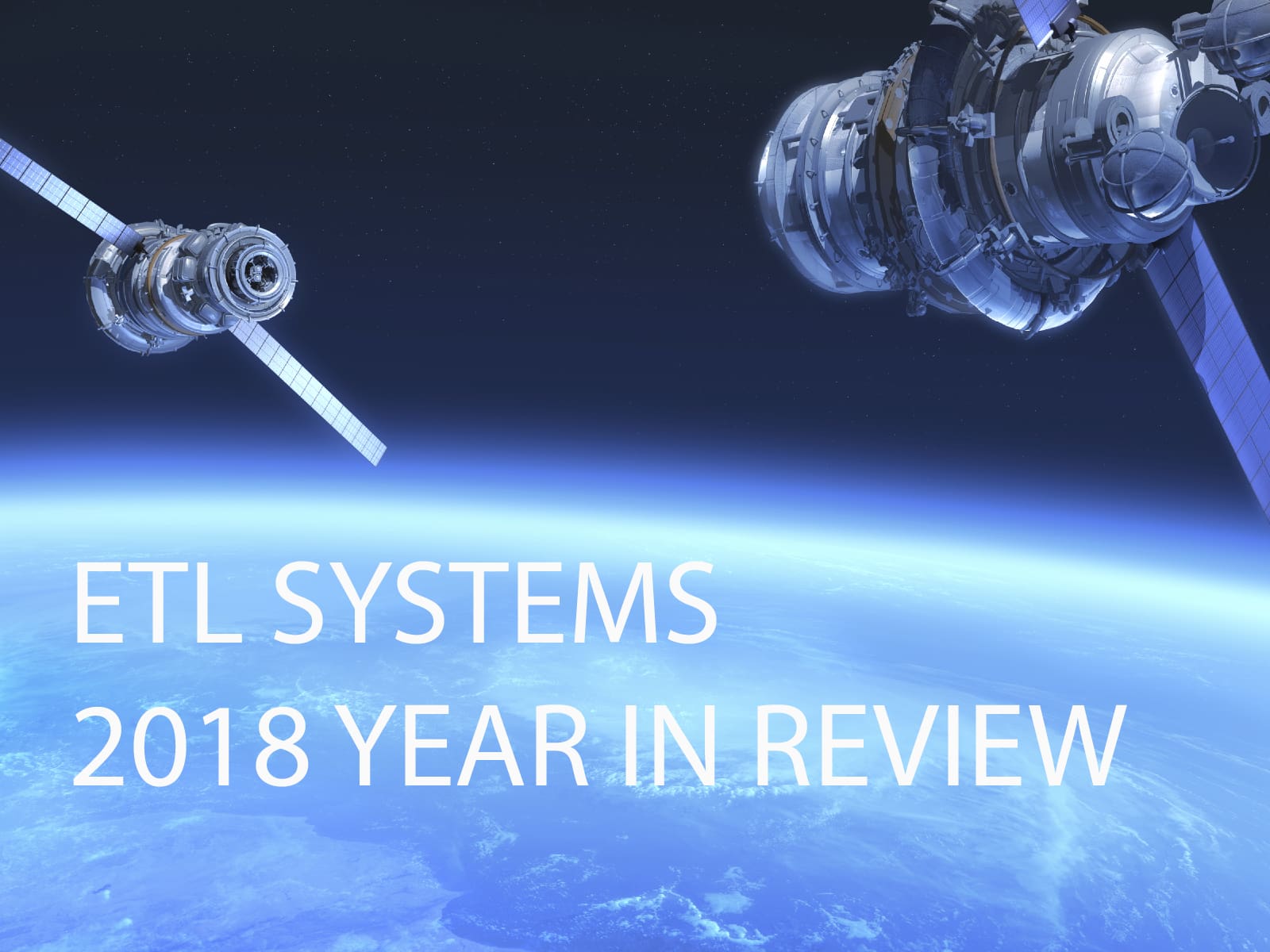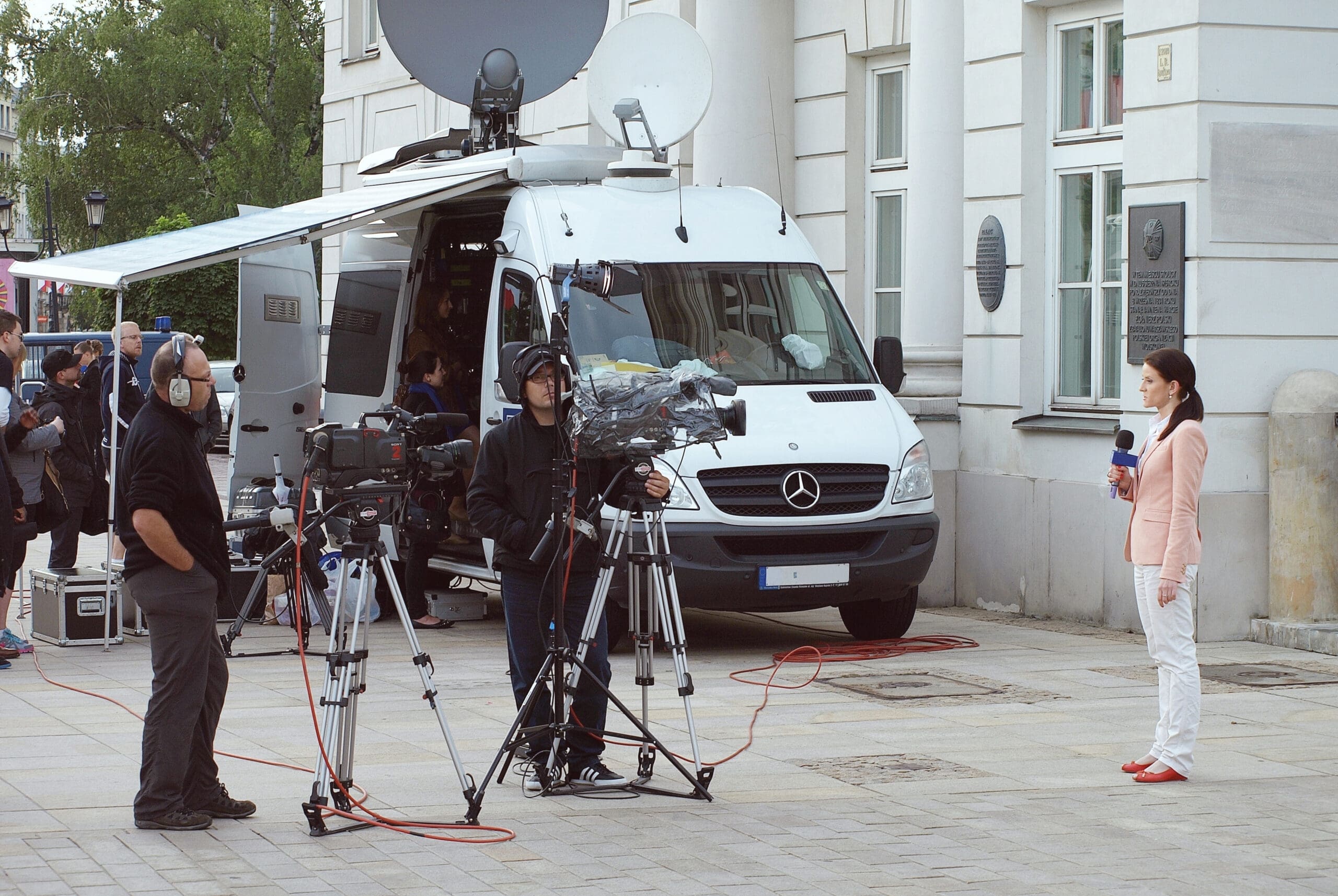
By Andrew Bond, Sales and Marketing Director
At the beginning of 2018, there was an air of uncertainty surrounding the satellite industry with many worried that huge change was on the horizon due to ongoing pressure from competing connections. From talk of ‘the death of satellite’, to concerns surrounding a congested space, there is actually a lot more positivity to be taken from this year, and much to look ahead to in 2019 as satellite reinvents itself.
The So-Called Demise of Satellite
Firstly, I think it’s important to quash rumours that satellite has lost its relevance. Many had predicted the demise of satellite, but this year we have seen it retain its importance. In truth, although fibre, OTT and other internet-based distribution methods have caused the satellite industry to lose some of its market share, it is still highly important for video.
In many cases, especially for sports, live events and news, there is no other way of reliability ensuring good quality coverage. Ampere analyst, Toby Holleran, recently said that “if 10 million people wanted to tune into a World Cup game in 4K, even with IP delivery costs decreasing, [satellite] would still be the most cost-effective method, as additional viewers incur no additional cost.” Interestingly, a huge 3.4 billion people watched part of this year’s World Cup, according to IBC365 who, in the same article, confirmed that “satellite is still at the heart of the broadcast industry.”
Growing demand for 4K content will further play into the hands of the satellite industry, as other connections continue to struggle to provide 4K reliably (thanks to the rather sluggish roll out of super-fast broadband). According to Futuresource Consulting, ultra-high definition (UHD) 4K devices will account for nearly 50% of all TVs shipped worldwide by the end of the year, and this is expected to grow.
On top of this, SNG trucks are no less important in today’s broadcast ecosystem than they were five years ago. The demand for live sports and news is unlikely to subside, so the mobile nature of SNG trucks and fast setup times will ensure they remain so. Whether used for uplink traffic from a network of live cameras, or in larger trucks for local fibre inputs, satellite is the fastest, and most affordable way of distributing signals.

Looking ahead, what we do need to do is ensure is that satellite remains attractive in the face of pressure from internet-based streaming. In short, this means ensuring viewers at home get a high-quality feed that is resilient to outages on a 24/7 basis. After all, when a consumer experiences a poor-quality broadcast, it not only encourages that one consumer to move away from satellite services, it can also throw doubt over satellite broadcasting as a whole.
In this highly competitive environment, having redundancy measures in place becomes increasingly important. Those operators that do invest in the right equipment can not only minimise errors, but in turn lower the expenditure of resources, keeping the cost of services low and reliability high.
At NAB Las Vegas in April, we responded to this by demoing several of our solutions which ensure reliable satellite broadcasts. This included our Griffin Redundancy Switch, a solution used to provide redundancy for both downlink and uplink RF or ASI feeds and enabling switching to a standby path in the case of an error. Not only can this be triggered automatically upon detection of signal loss, but also manually from the front panel, upon RF level detection or alarm contacts, or by a Network Monitoring Solution, which can trigger switching when required.
Meeting the Demand for Constant Connectivity
One of the most prominent trends this year has been the growth of High-Throughput Satellites (HTS). It really has grown exponentially over recent months, opening up a wealth of opportunities within the satcomms industry. At present, much of this growth is mainly focused on supplying the data services market, in other words services which require constant connectivity. HTS is also helping us to connect otherwise isolated, rural communities, thanks to its low-cost and relative ease of deployment.
Excitingly, HTS could be an enabler of new technologies such as the Internet of Things and connected cars. For the wider industry, HTS increases demand for satellite connectivity in general, and so it’s something for everyone to be excited about.
At the same time, to maximise the potential of HTS it’s important to have the right tools in place. HTS is spot beam driven, which means Very Small Aperture Terminals are commonly used. It is of course widely reported that VSATs are a prominent cause of errors in satcoms, mainly as a result of poor equipment and incorrect installation. This can be solved by proper type approval processes and by ensuring users only buy from manufacturers that rigorously test equipment.
However, another common cause of errors in VSATs is weather sensitivity. This can be a significant problem when terminals are in remote or unmanned sites and can prove costly if engineers need to be sent onsite to resolve them. One solution is to house equipment in weatherproof chassis, but another protective measure is to always ensure there is a backup site in case operations are severely affected. That way, operations can continue even while the issue at the initial site is being resolved.
Ideally, a diverse range of sites in separate locations should be used, at enough of a distance to ensure each is affected by different weather. In some places, weather is so localised that 40 kilometres may be enough. In most scenarios, we are more likely talking between 70 – 100 kilometres to be in a different weather pattern. A fibre connection is then run from the satellite dish to the control centre via Dense Wavelength Division Multiplexing (DWDM). Rain fade is combated, meaning signal loss is minimal and the end-user receives a good quality feed.
At IBC 2018, we launched our new StingRay DWDM solution which enables high-quality distribution between a satellite antenna and a remote control room. It is capable of transmitting multiple signals over distances of 50km to 500km through a dedicated fibre cable. We also added pre-amp and post-amp Erbium Doped Fibre Amplifiers (EDFA)to reduce the potential for signal loss over these distances.
While it is more important than ever that satellite remains cost-effective, adding extra redundancies such as this bolsters the all-important reliability of a service. As we face an uncertain future, this will be even more essential.
Facing the LEO Constellations of the Future
This year there has been a great deal of talk of the impending Low Earth Orbit (LEO) launches and mega constellations. There have been some LEO launches in 2018 however there haven’t been as many as expected and I am doubtful whether we will see as many as promised over the coming years. A maximum of 1-3 LEO constellations will probably be more likely by the mid 2020s. Although the launch of LEO sats will definitely mean faster, better connectivity, I see a more gradual introduction as a positive thing. For one, it will allow us to evaluate the effect of LEO constellations on the wider industry, and will give us time to alter business models where needed.
We will still need to manage LEO effectively, however, to avoid causing problems. Part of this will involve having measures in place to closely monitor LEO operations so we are aware of where and when problems are arising. Also, if we want to make sure we lessen the chances of interference from LEO, one thing operators and manufacturers can do now is invest in good quality equipment. We already know this is a major cause of errors in satcoms, particularly for VSATs, but frustratingly it is something we could easily solve today with good training and planning.
Conclusion
What is clear from 2018 is that innovation is still very much alive in the satellite sector whether it is long distance fibre links or fast redundancy switching. I am sure that whatever challenges we face over the coming decade, we will innovate solutions to overcome. To that end, ETL Systems hopes to continue to bring to market solutions which will maintain the reliability of satellite for the foreseeable future and beyond.